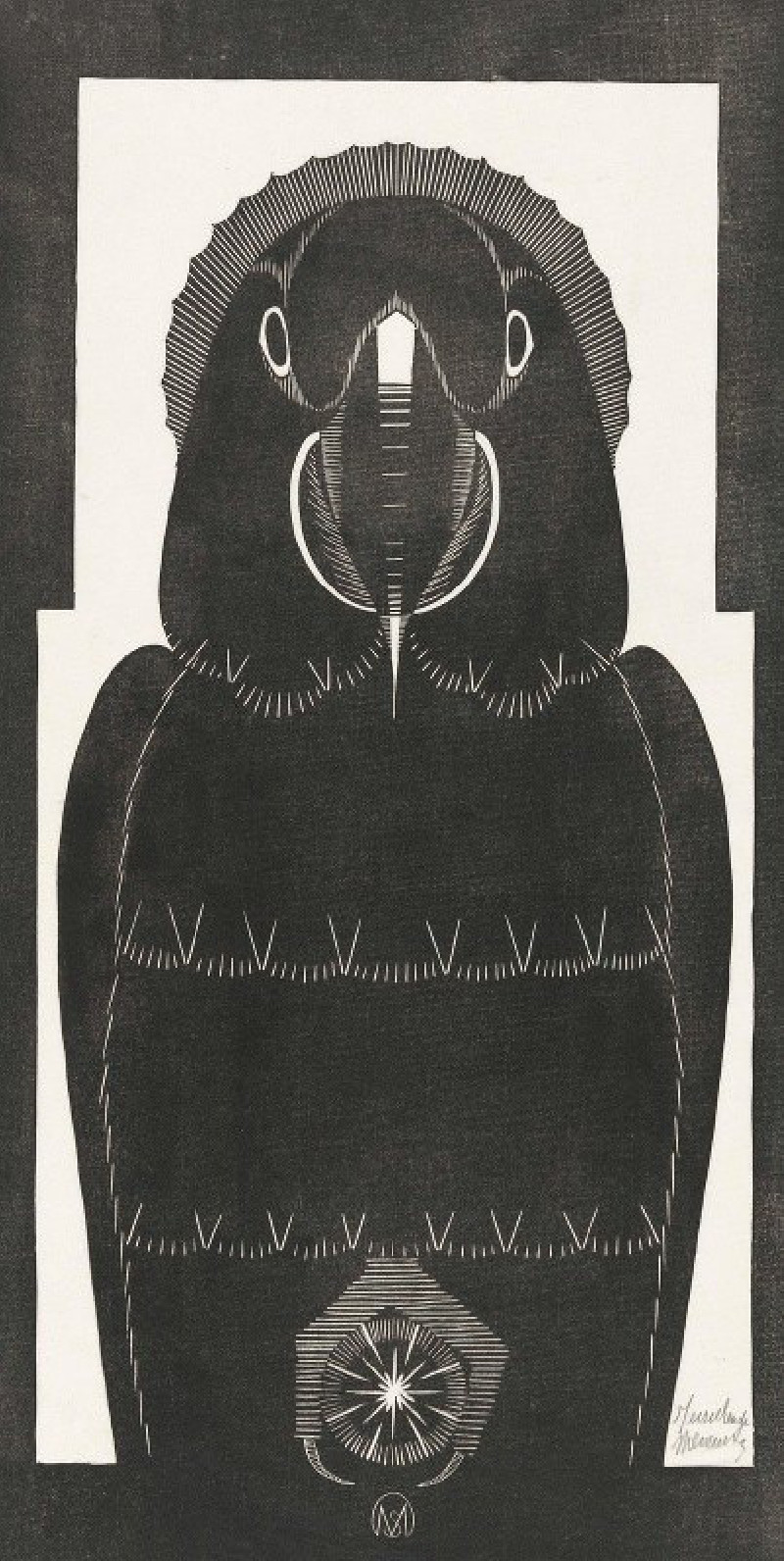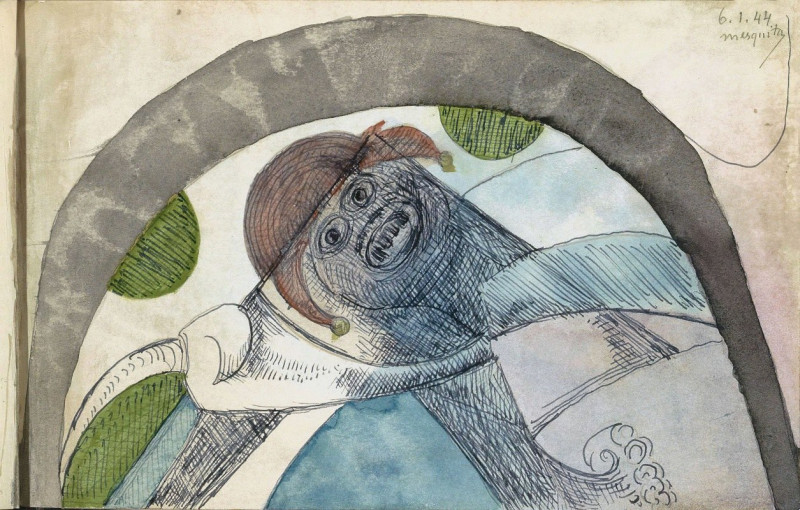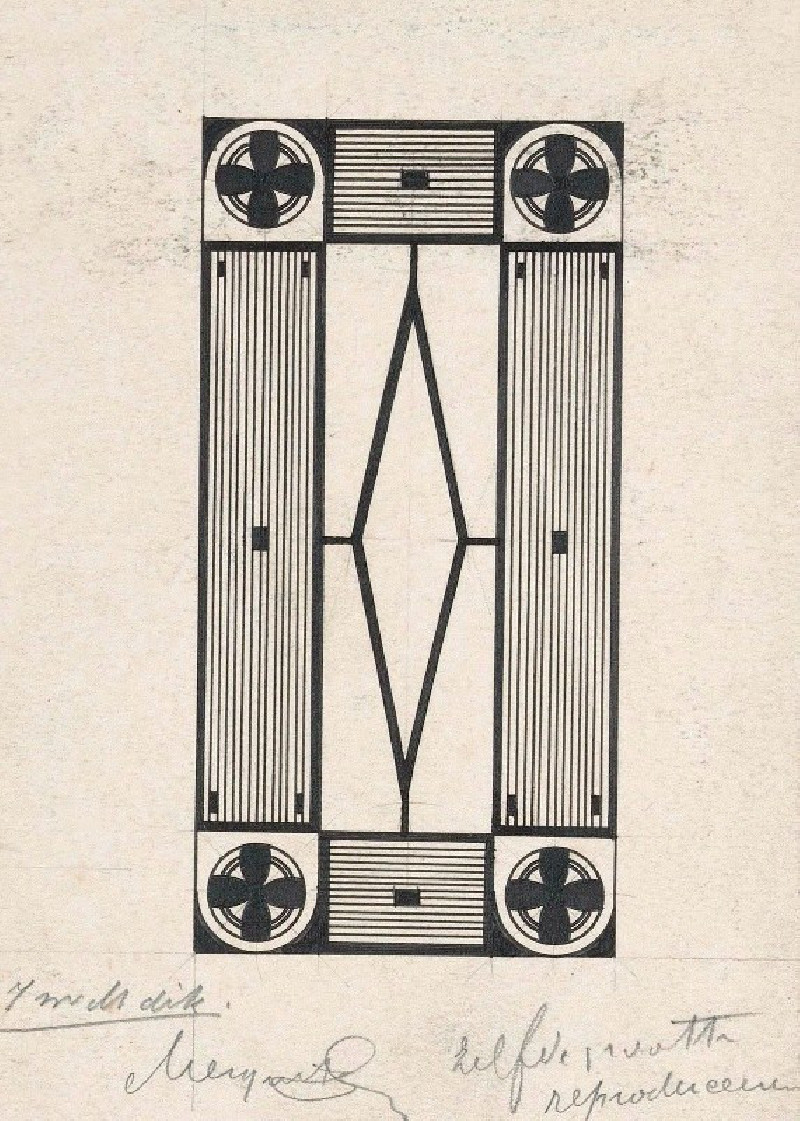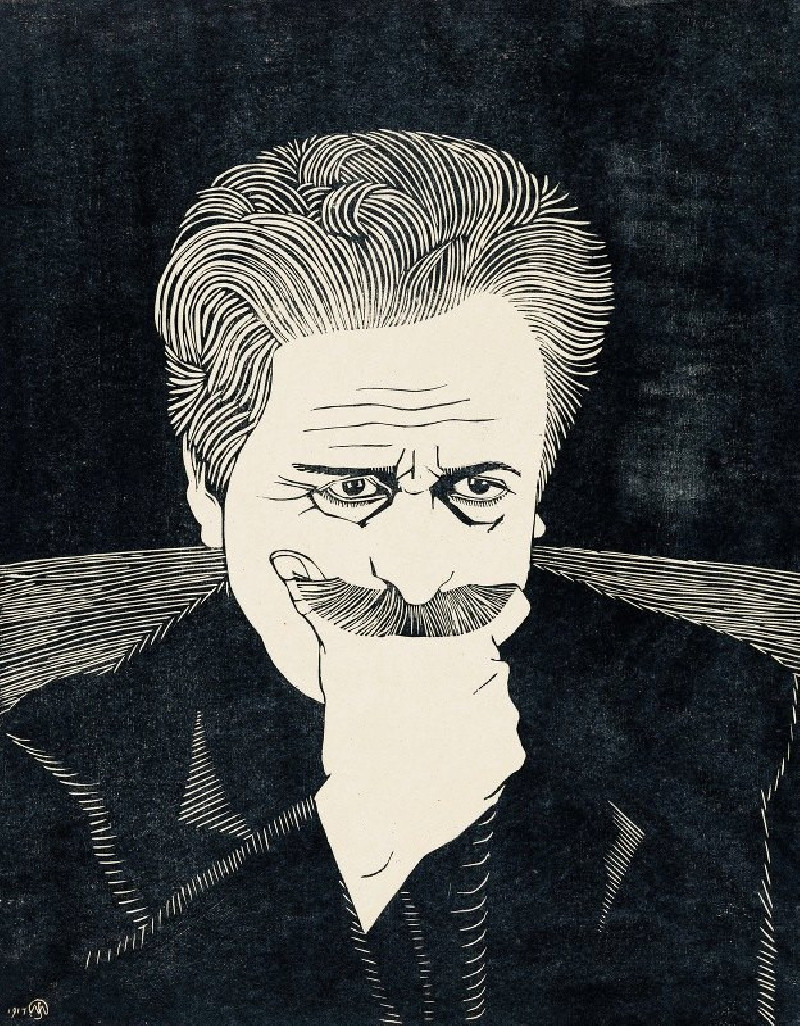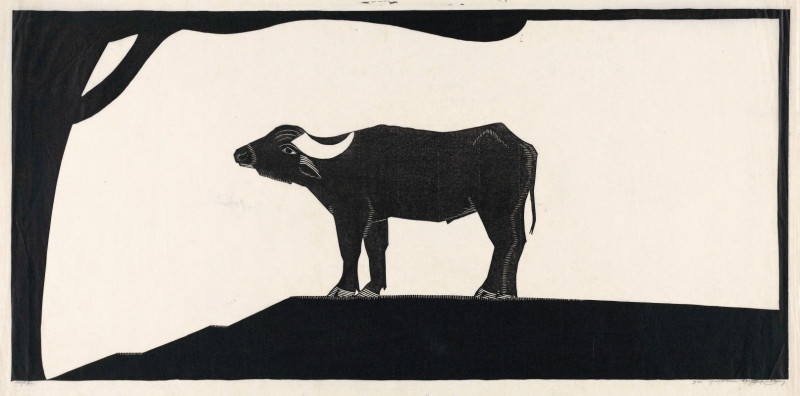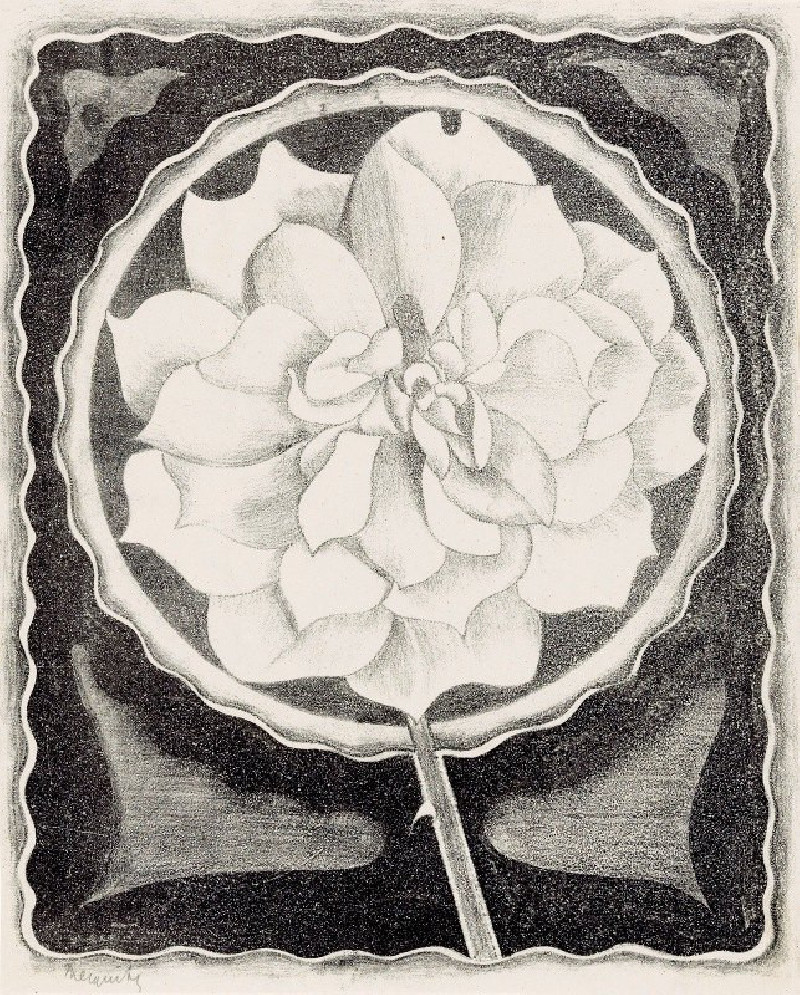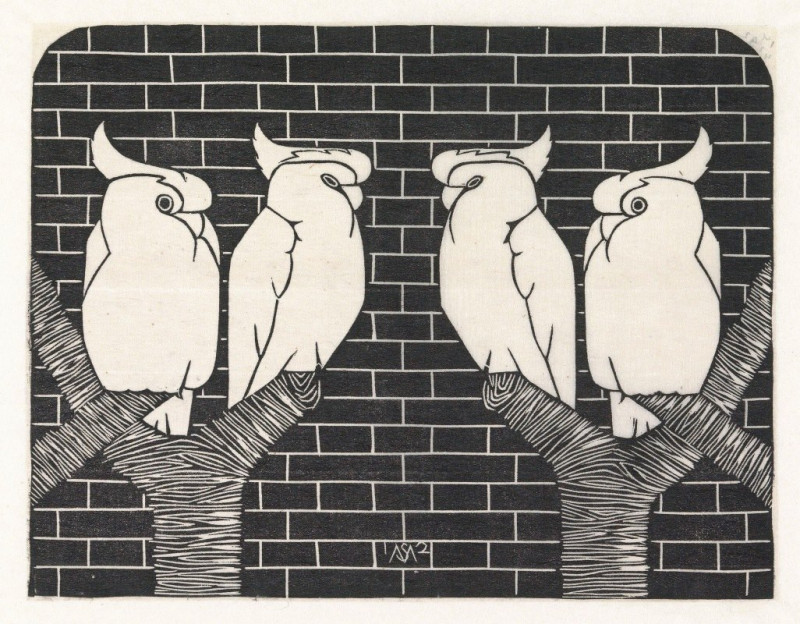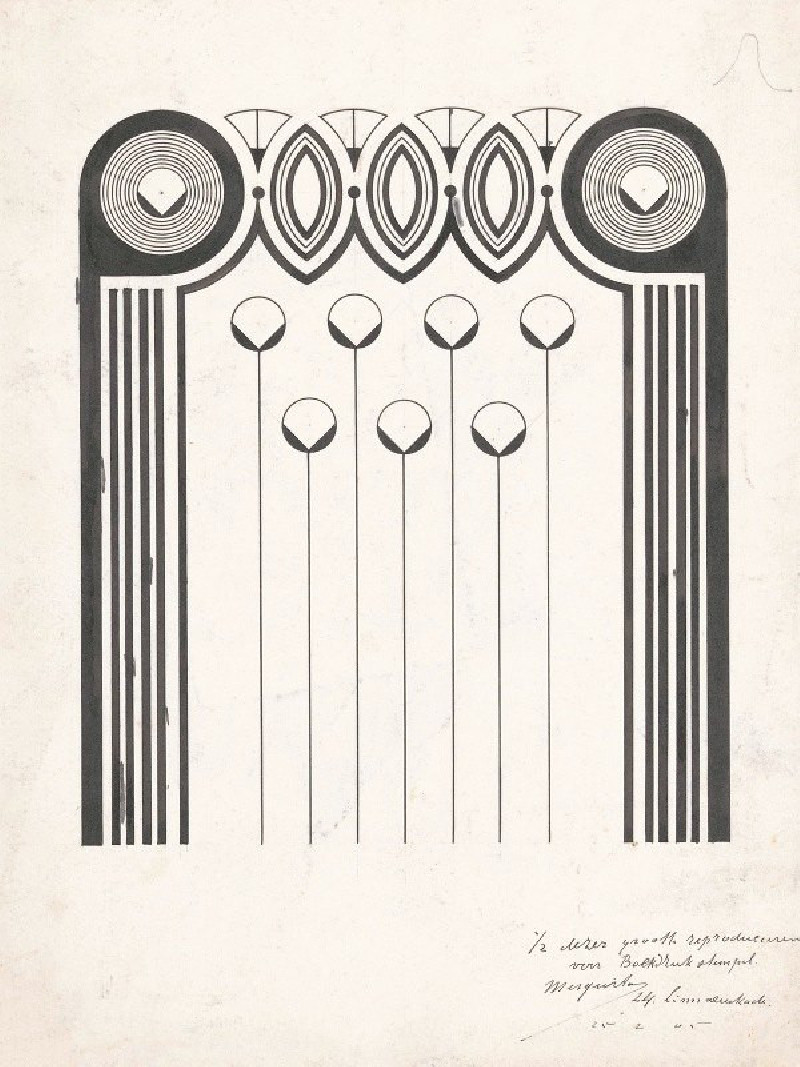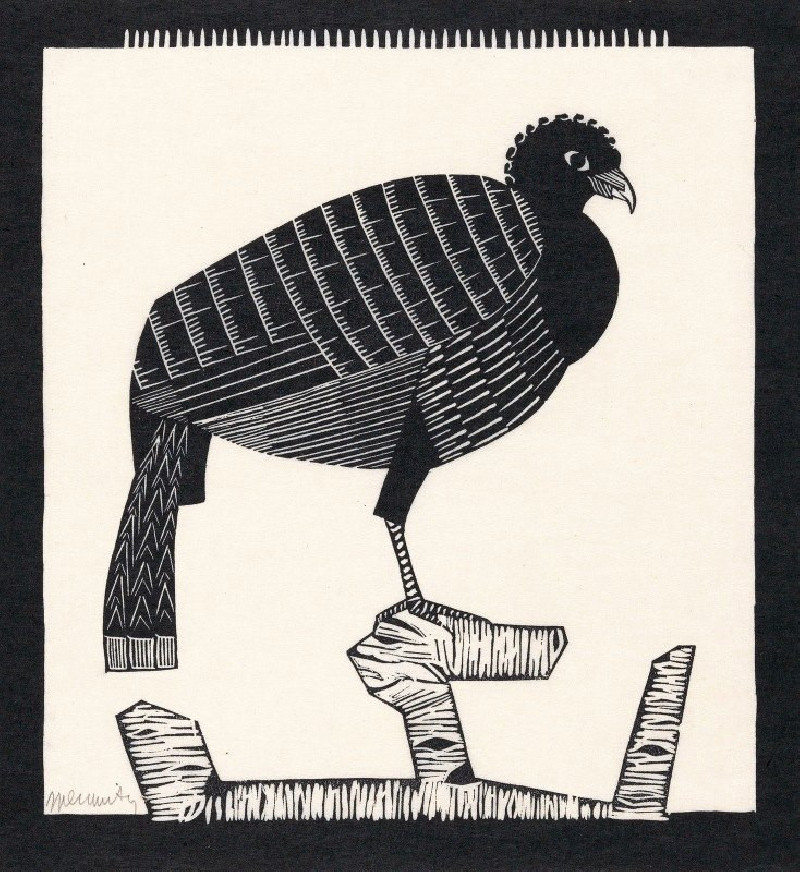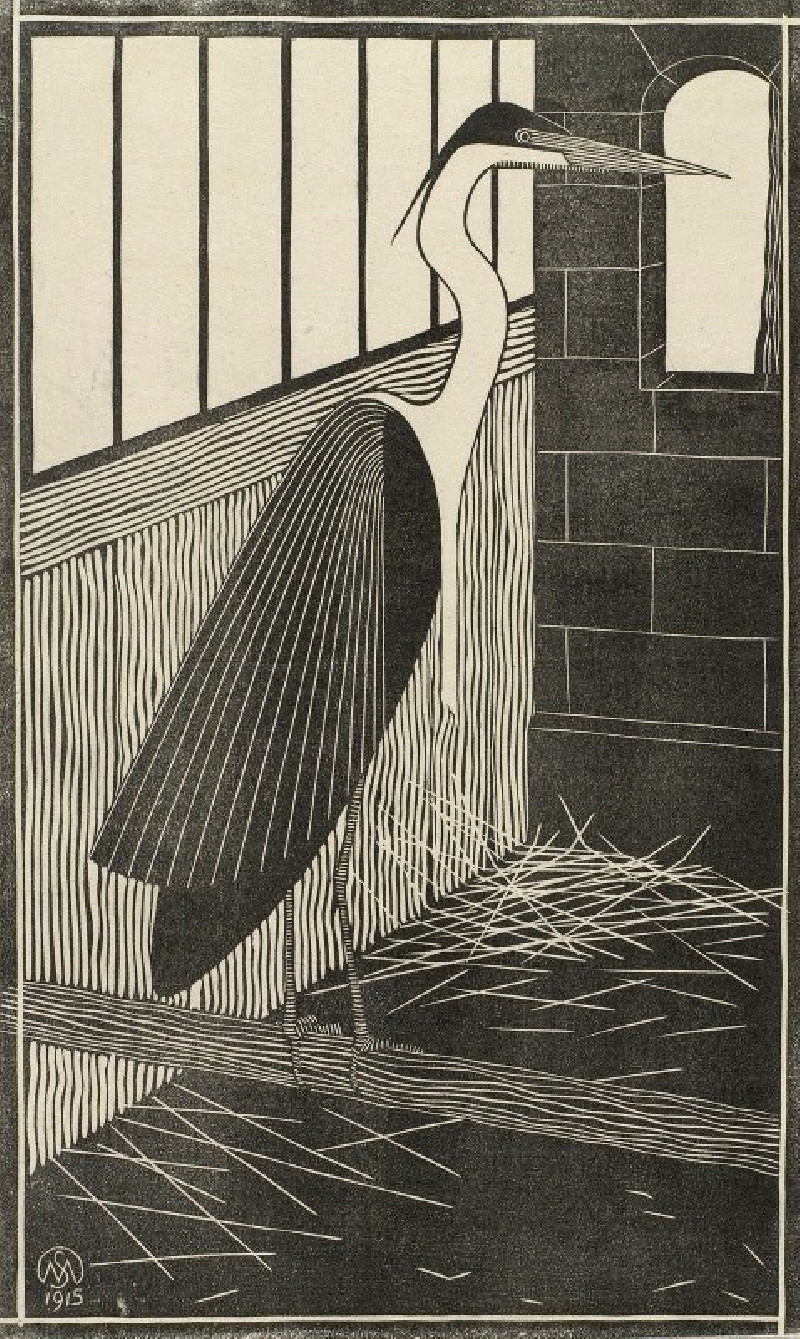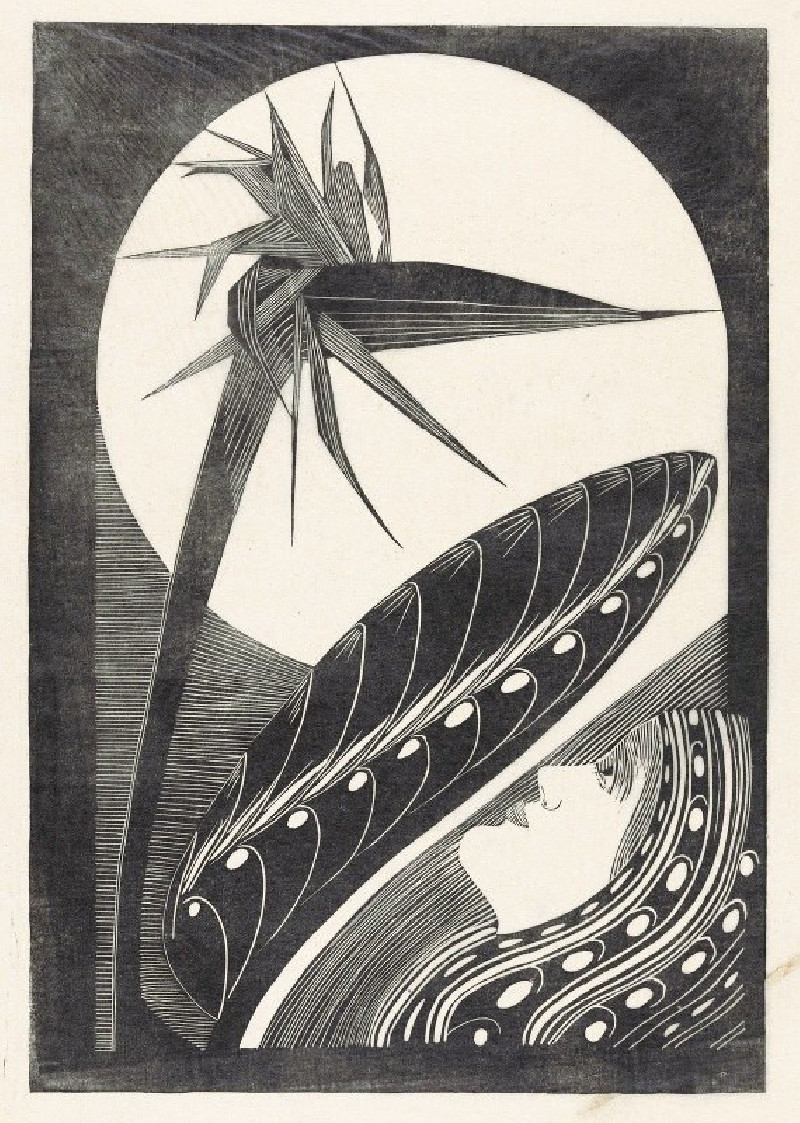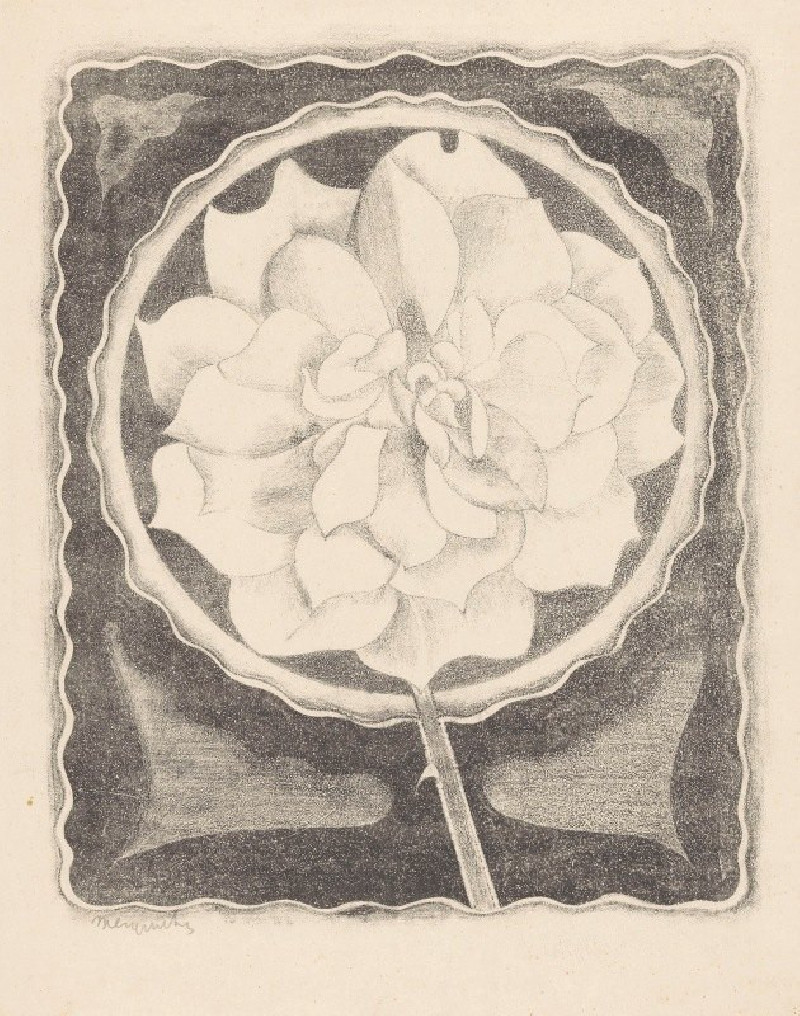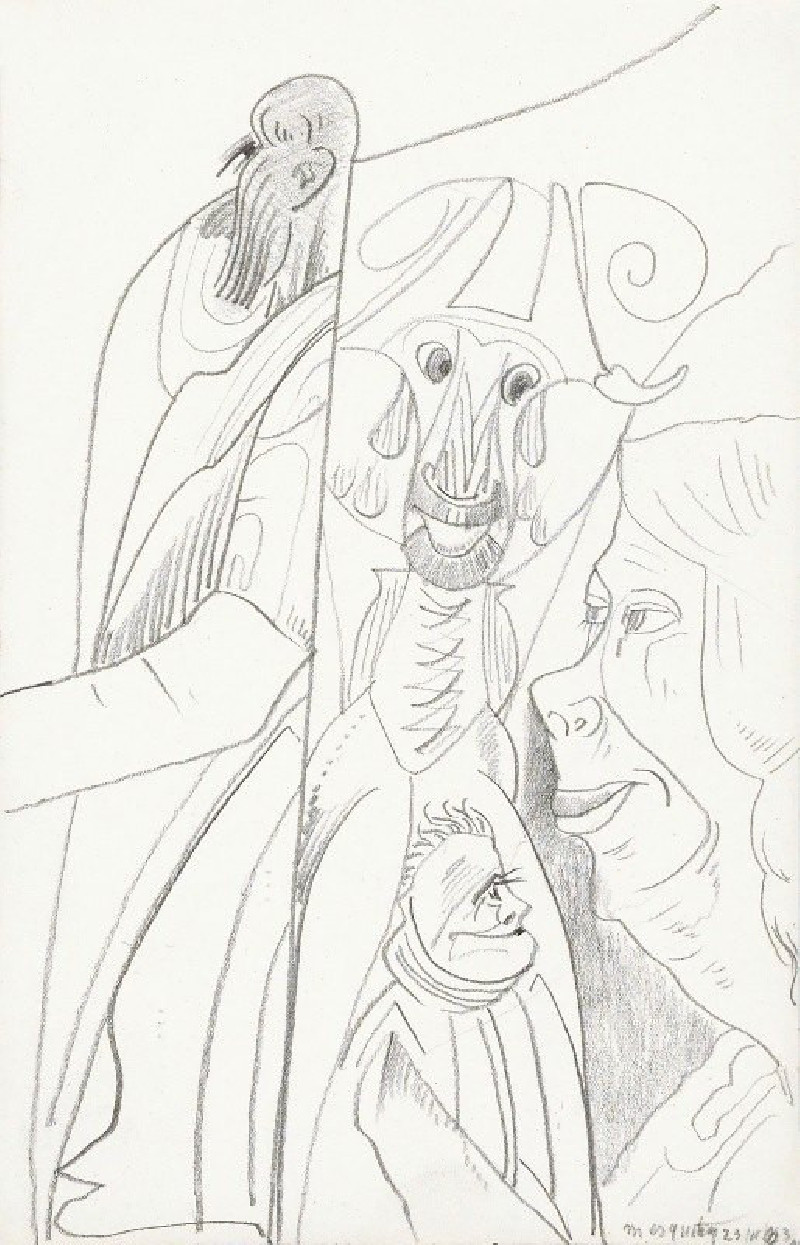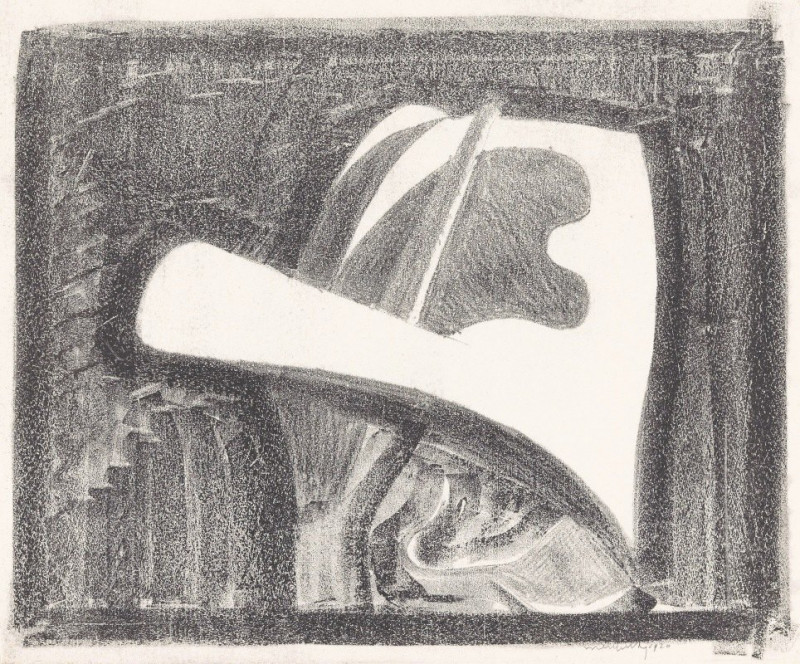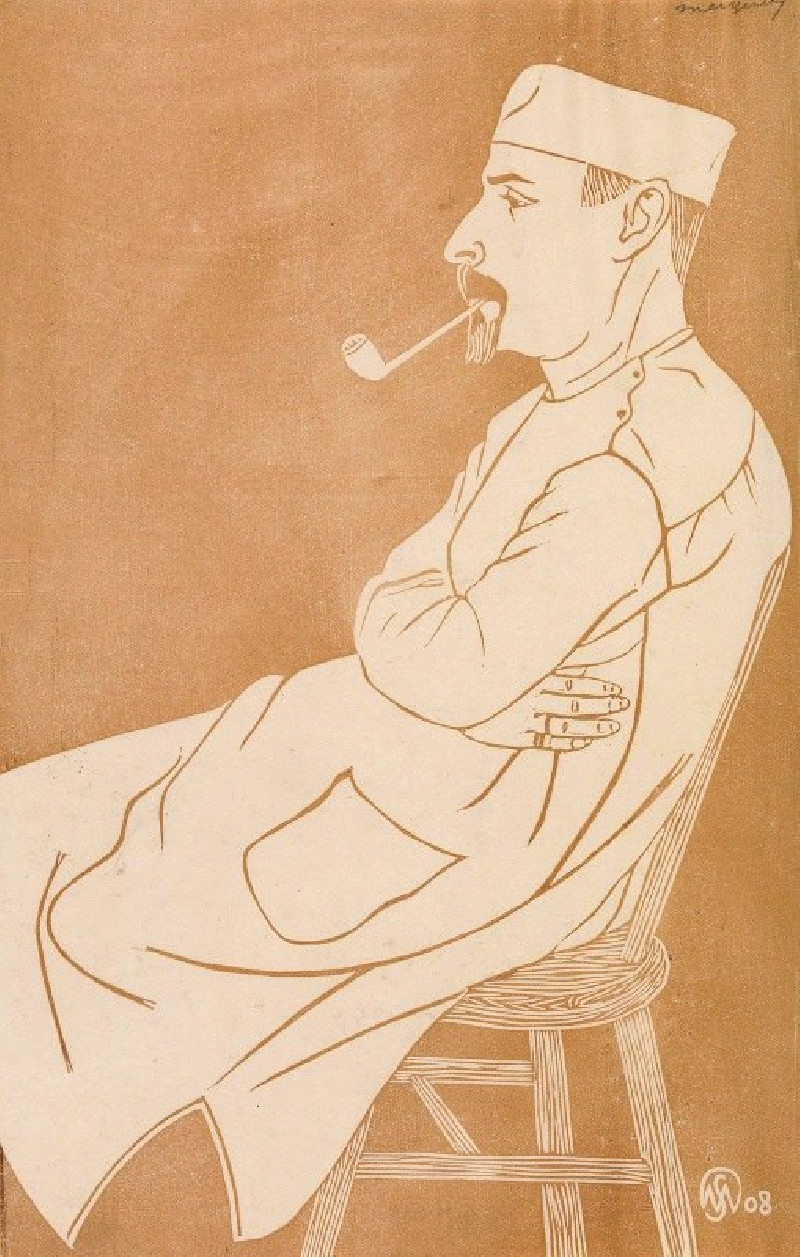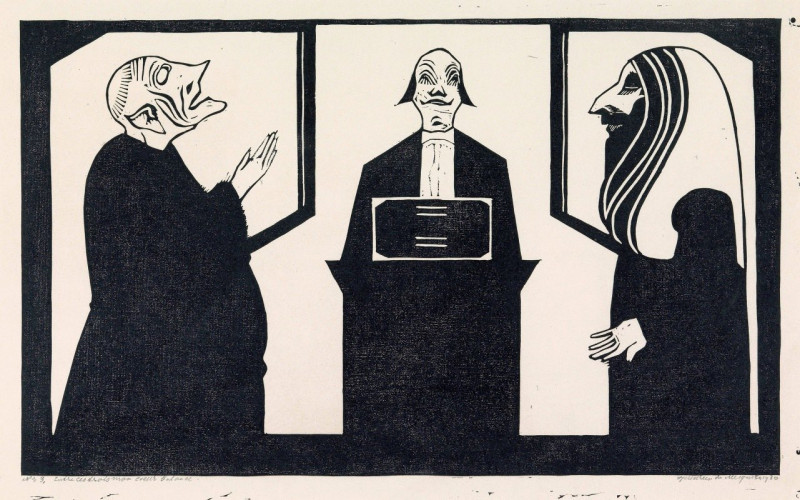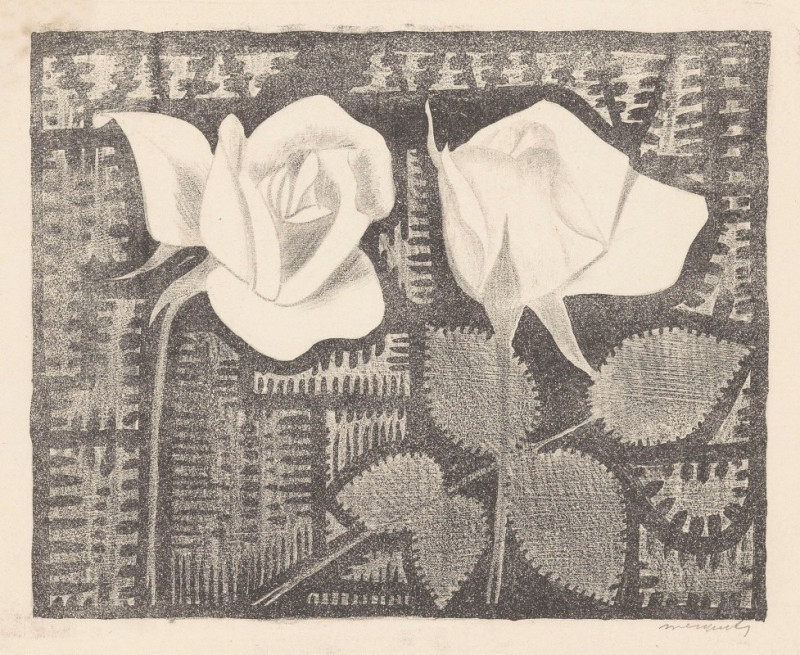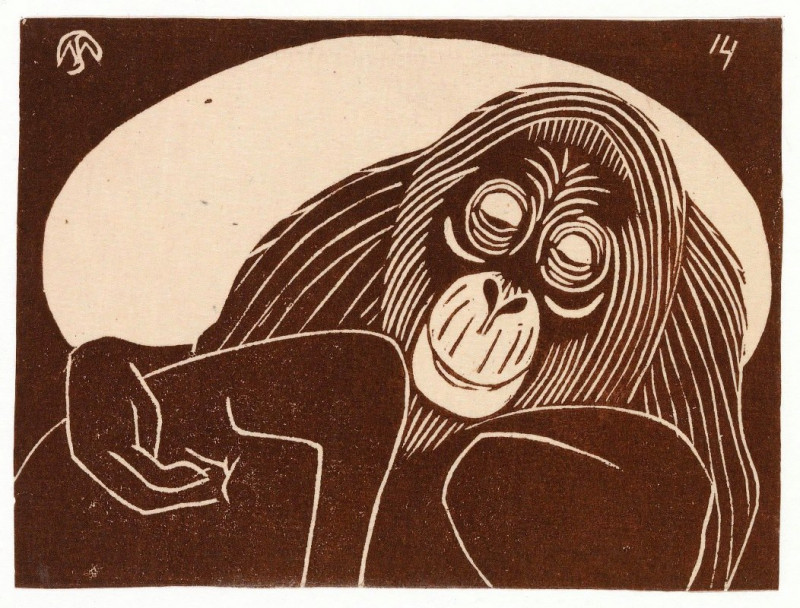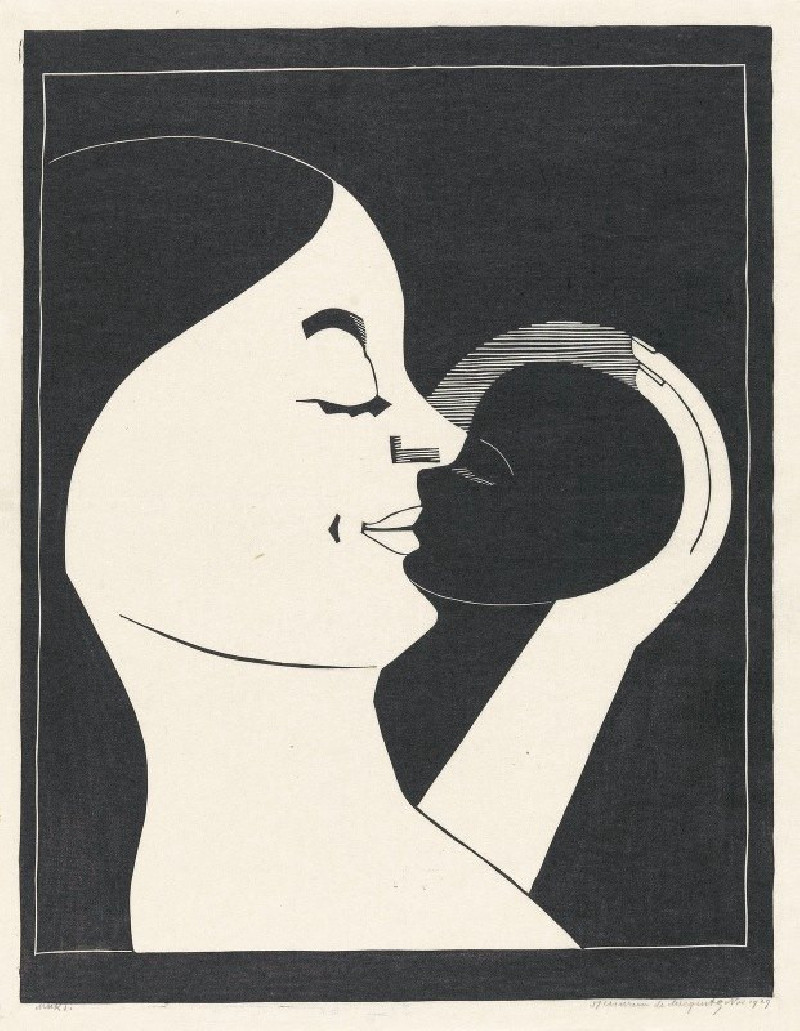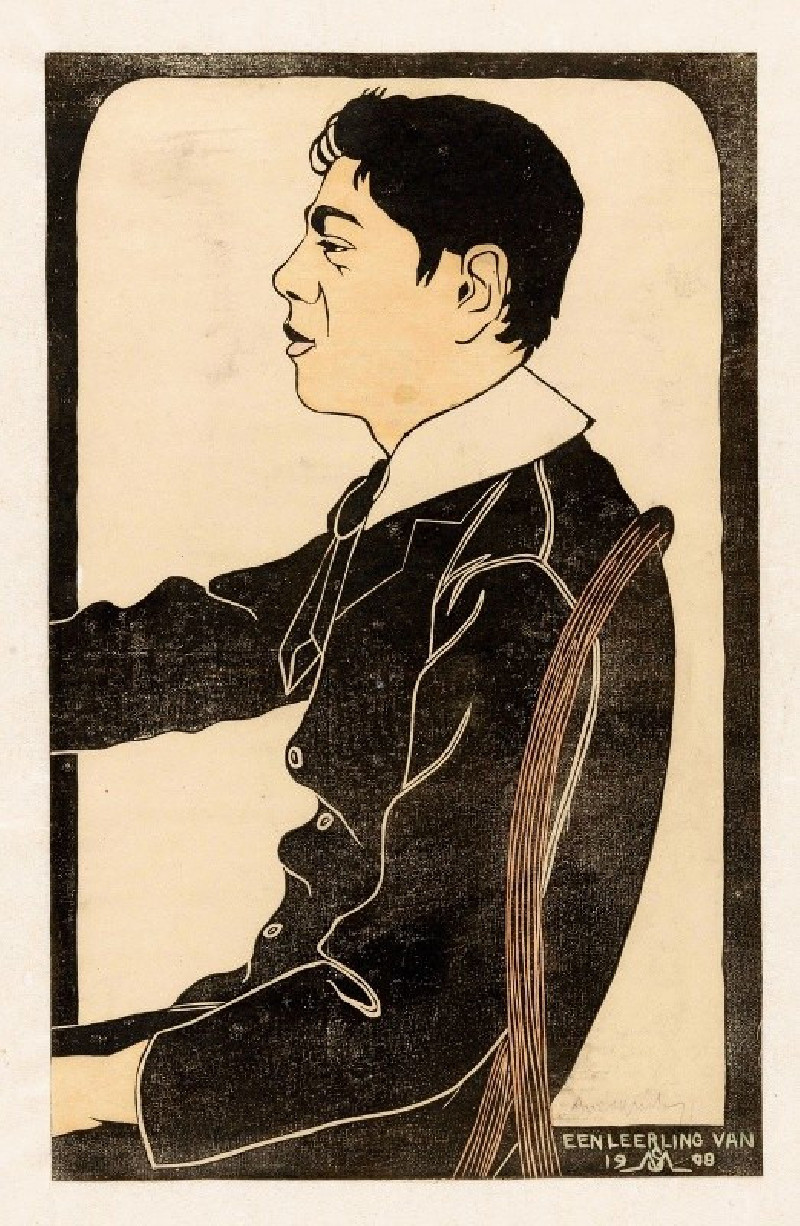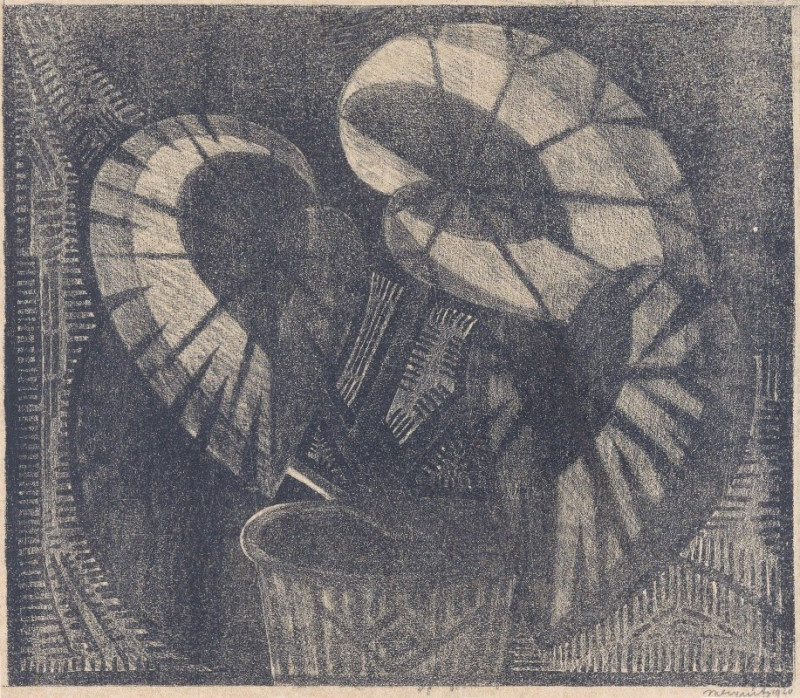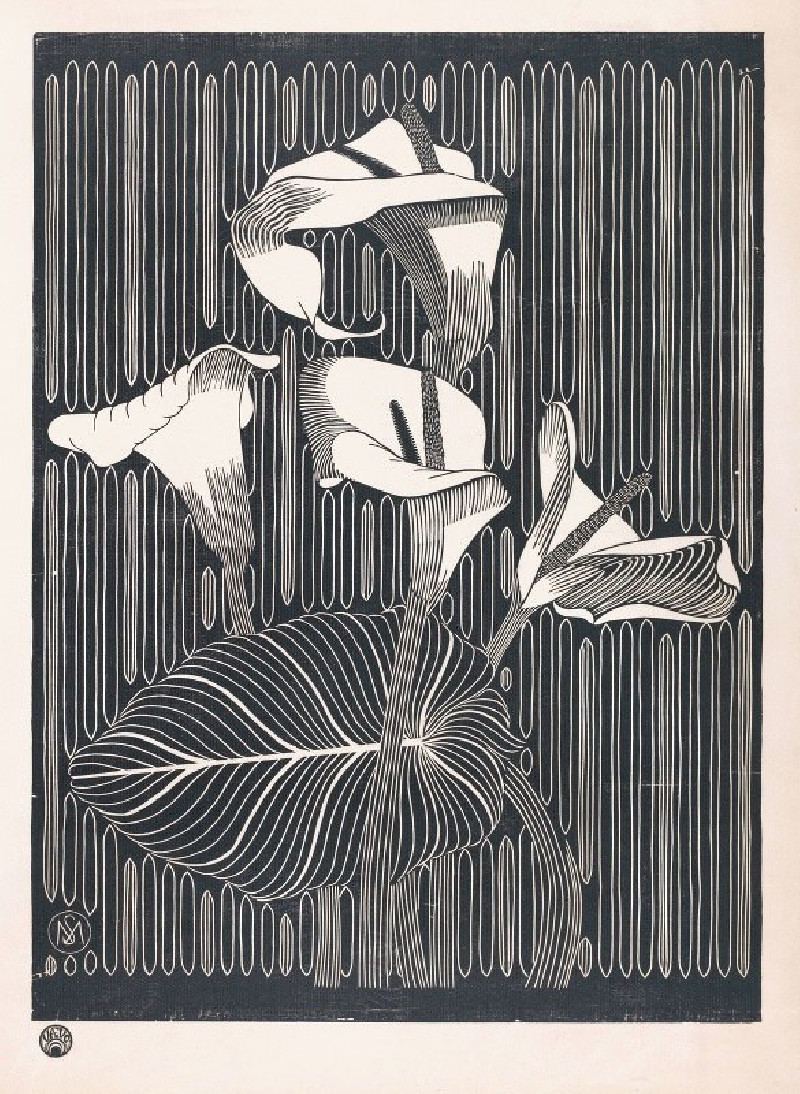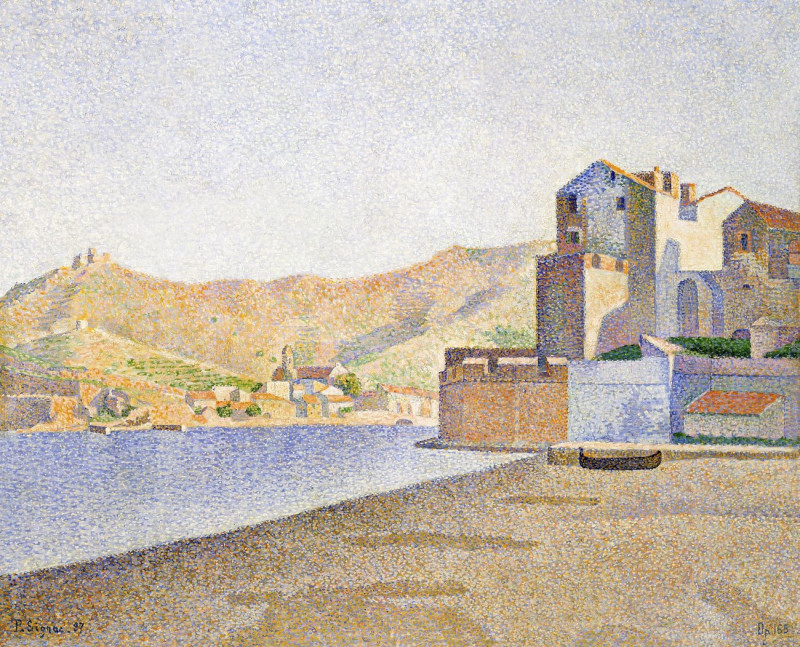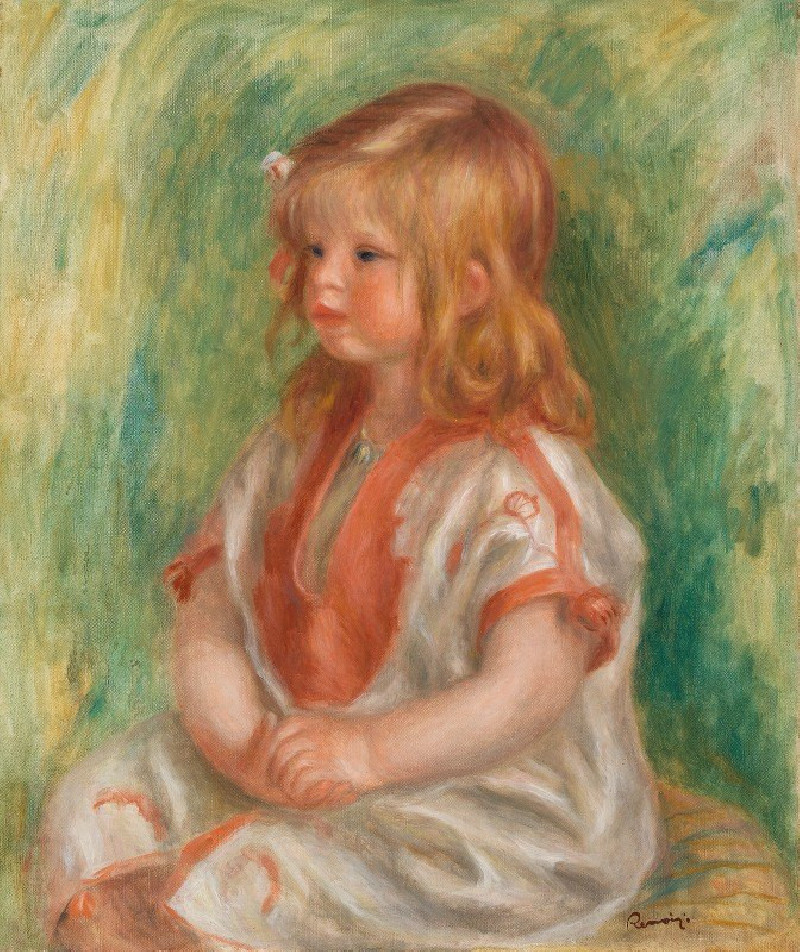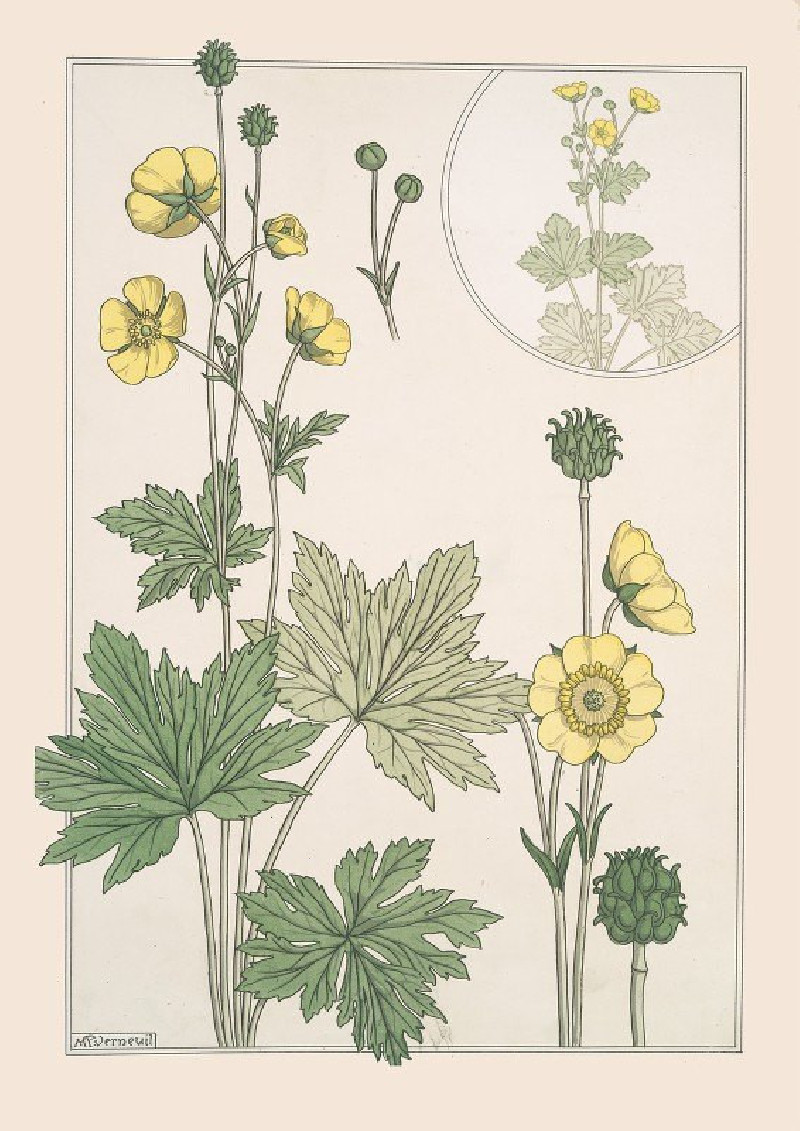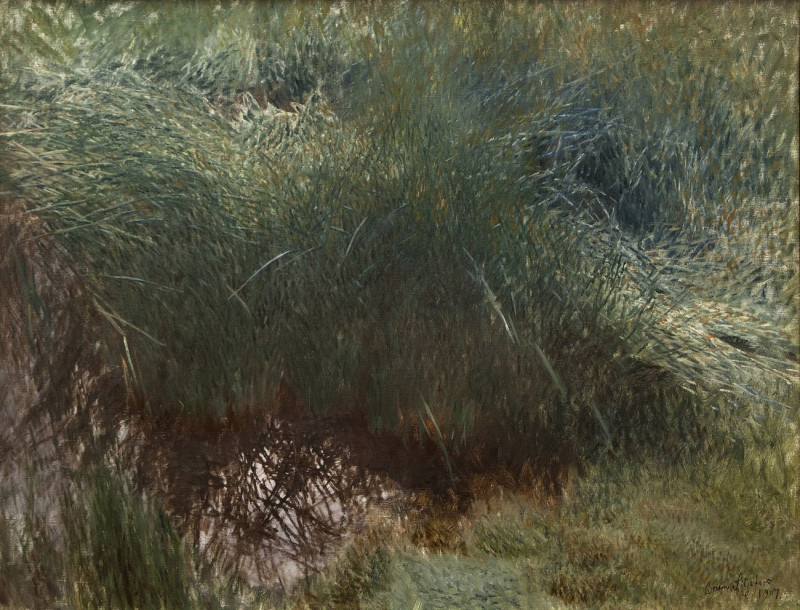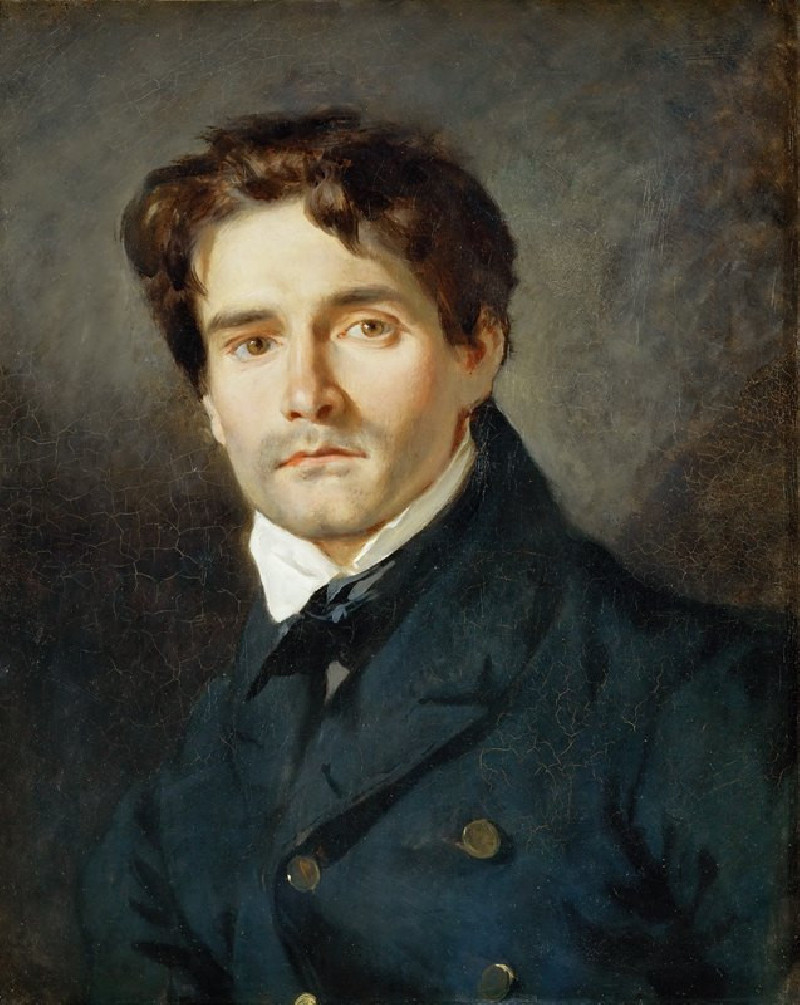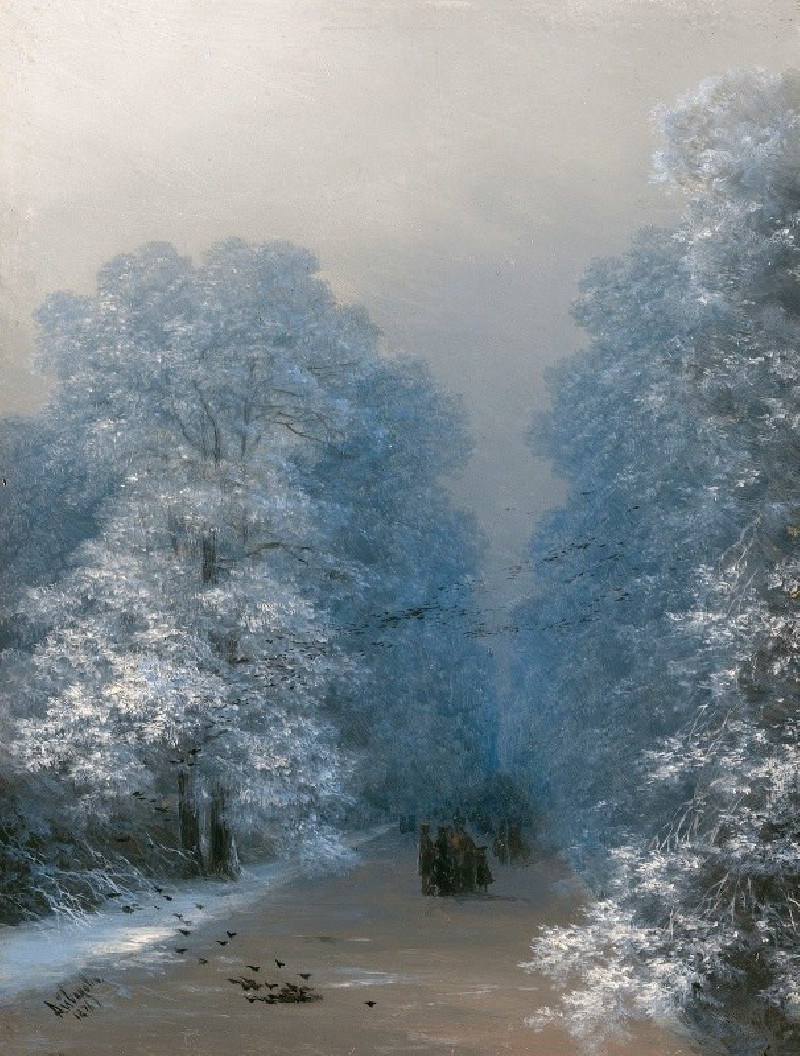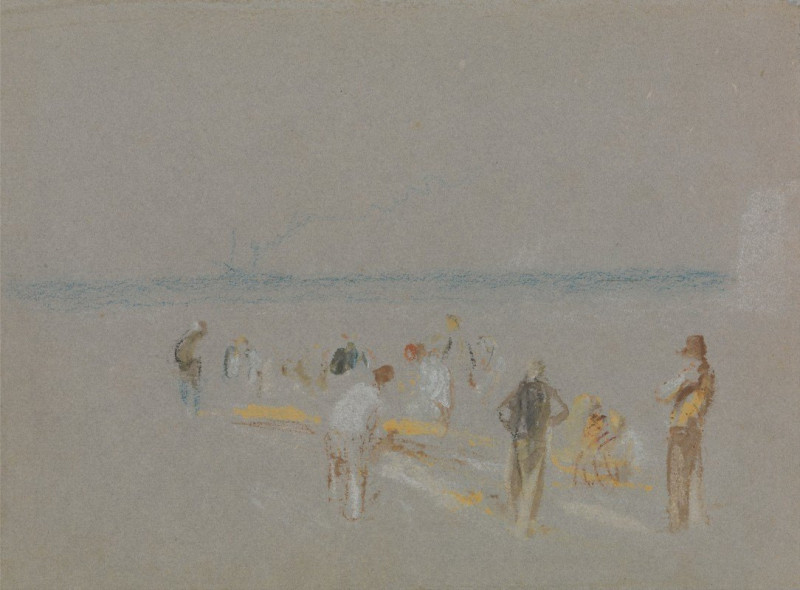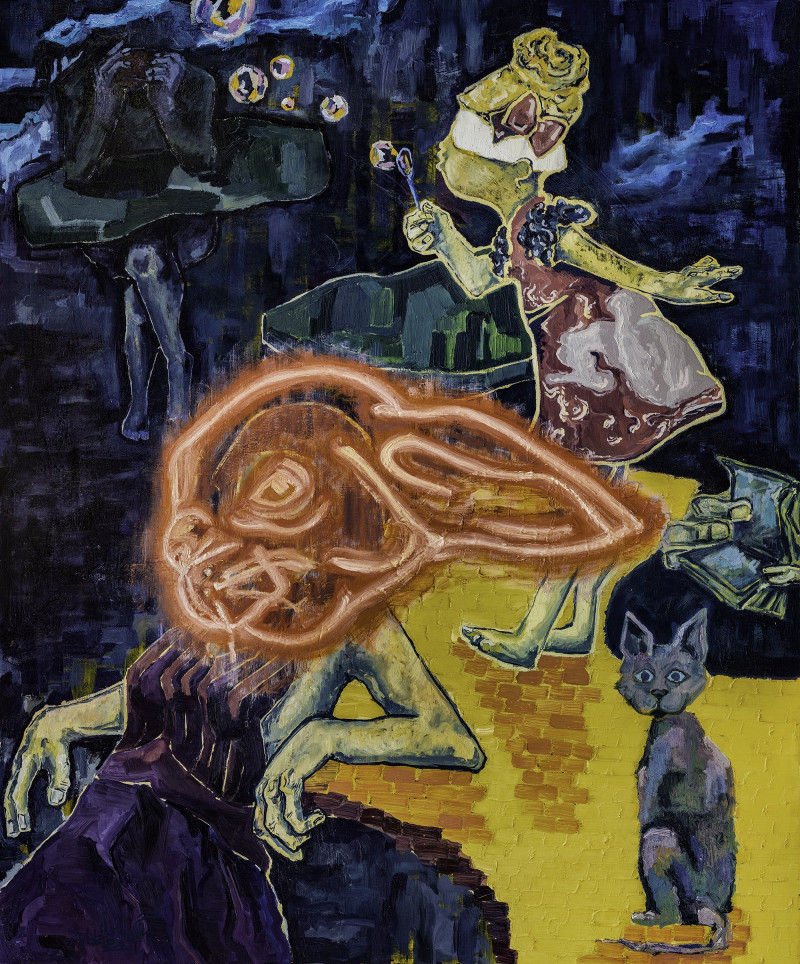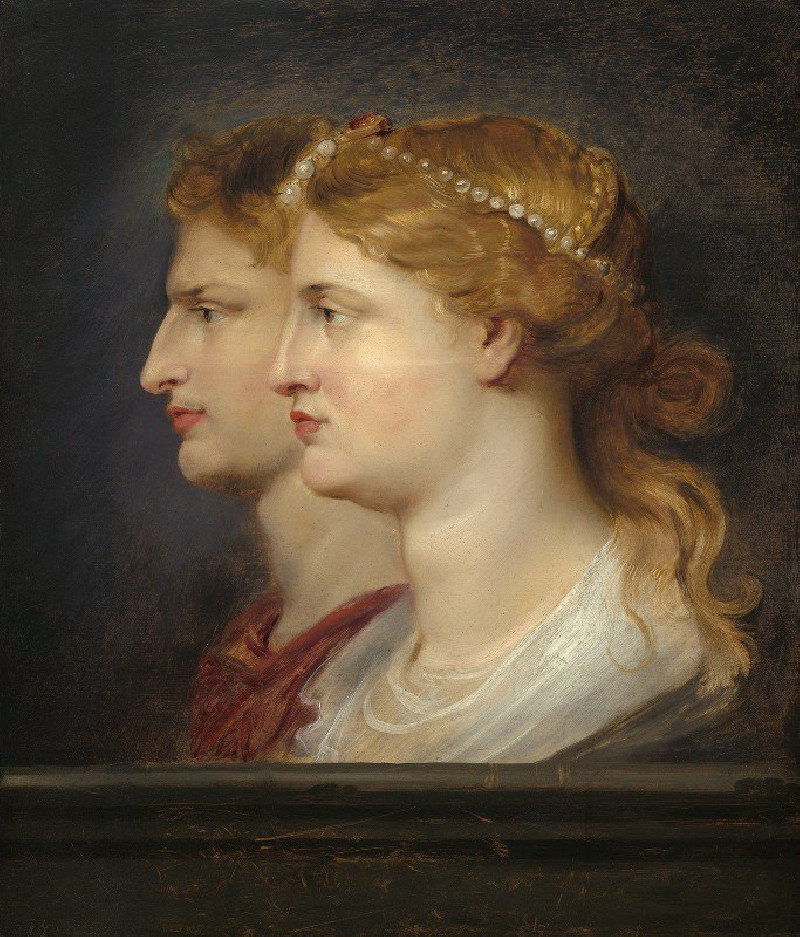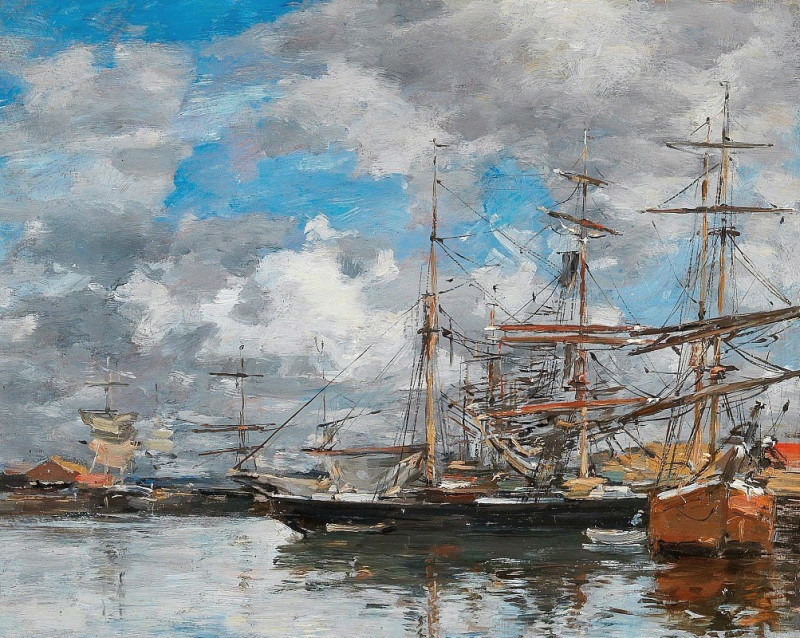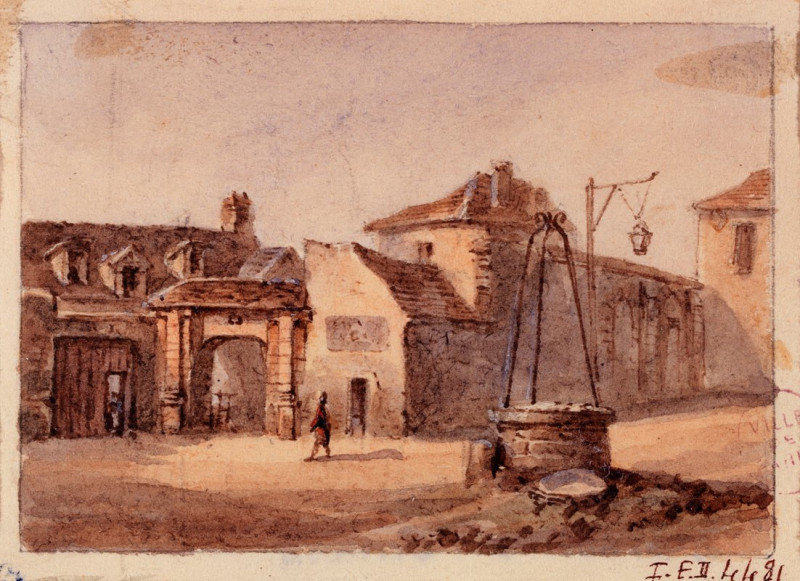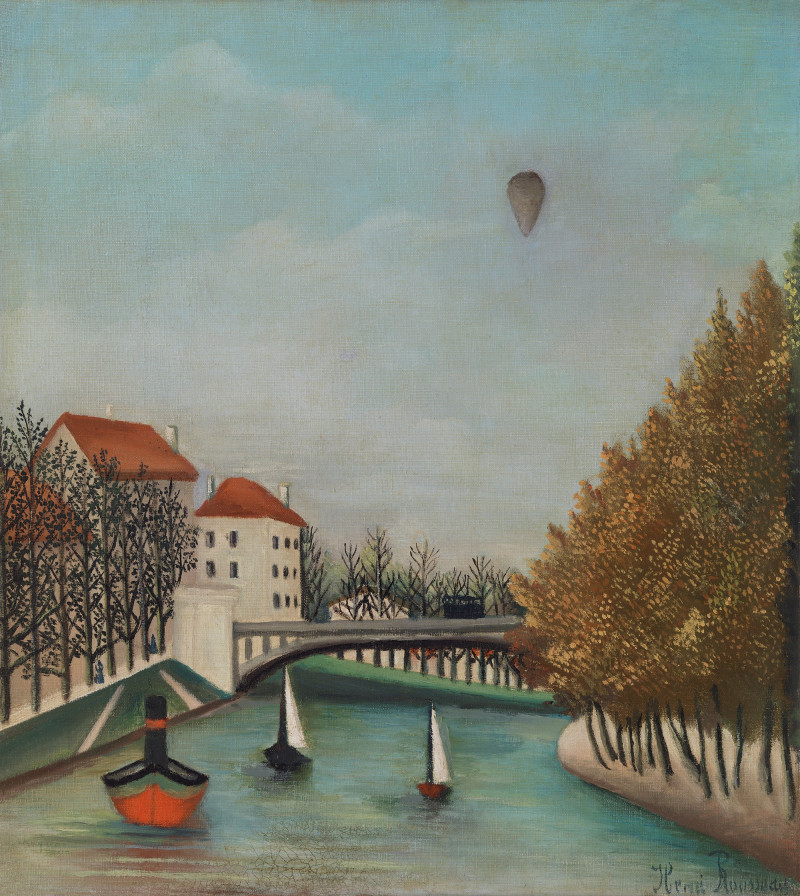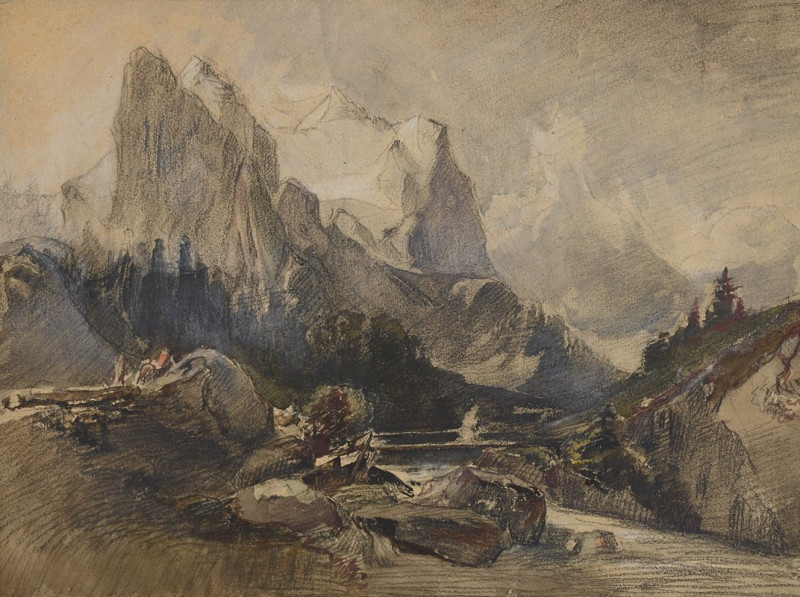Ara (1926)
Technique: Giclée quality print
Recommended by our customers
More about this artwork
Samuel Jessurun de Mesquita's 1926 painting "Ara" unveils a mesmerizing rendition of a macaw, executed in a strikingly graphic style that emphasizes bold contrasts and intricate patterns. The composition is centered on a large, solemn macaw, meticulously detailed to showcase the unique texture of its feathers and the captivating depth of its gaze. The background, stark and devoid of details, serves to highlight the bird itself, bringing the viewer’s attention directly to the central figure.De Mesquita's use of monochrome enhances the visual impact, where the precision of the lines and the interplay between light and dark segments create an almost hypnotic effect. The detailed patterning on the macaw’s feathers, from the zigzagged neck lines to the geometric shapes adorning its body, lends a tribal aesthetic to the work, suggesting a deeper cultural or symbolic significance.The macaw’s piercing eyes and dominant beak suggest a presence of formidable character and spirit. "Ara" is not just an artistic study of a bird but a powerful symbol of nature’s vitality and mystique, expertly captured by de Mesquita’s sensitive and intricate artistic techniques.
Delivery
Returns
Samuel Jessurun de Mesquita was a Dutch graphic artist active in the years before the Second World War. His pupils included graphic artist M. C. Escher (1898–1972). A Sephardic Jew, in his old age he was sent to Auschwitz by the Nazis, where he was gassed along with his wife. After the war, de Mesquita was largely forgotten.

